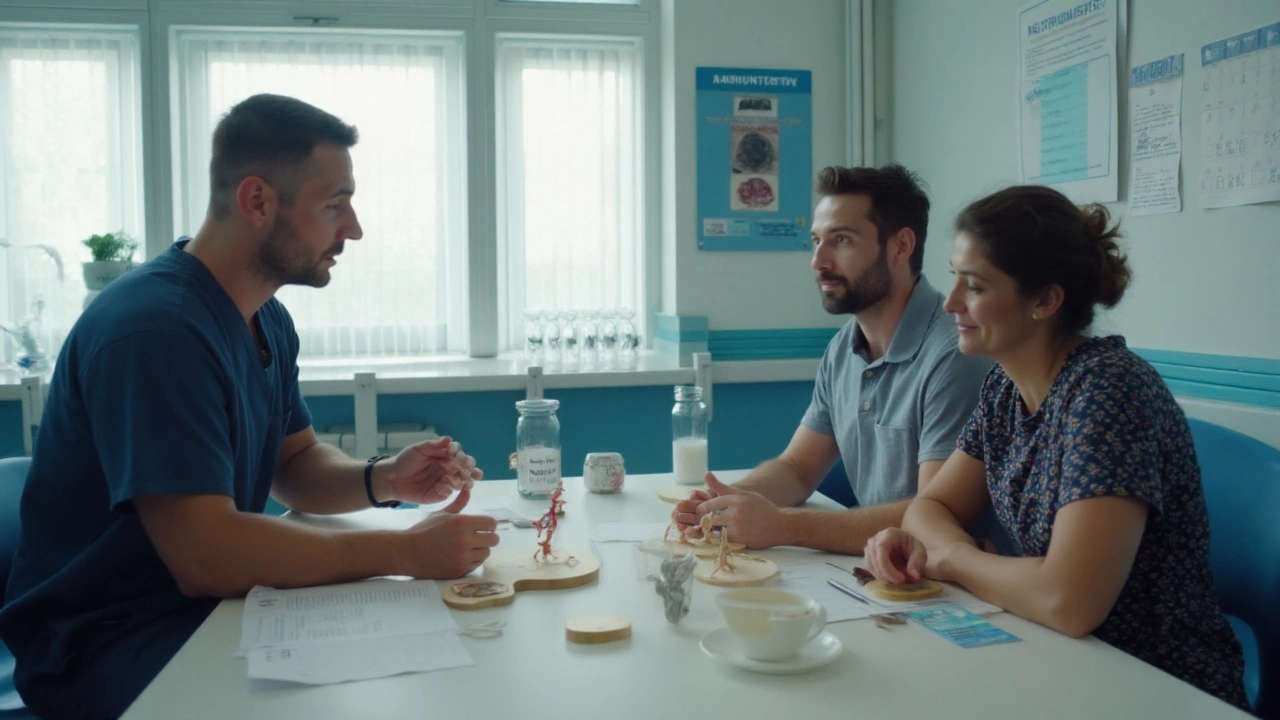Top Surgery: What You Need to Know
Top surgery is the medical term for chest reconstruction that helps trans people feel comfortable in their bodies. It’s a personal choice, not a requirement, and the goal is simple: create a chest shape that matches your gender identity. Whether you’re just curious or ready to book an appointment, understanding the basics will save you time, money, and stress.
Choosing the Right Procedure
There are three main techniques: double‑incision, periareolar (or keyhole), and a hybrid of the two. Double‑incision removes more tissue and hides scars under the bra line, ideal for larger chests. Periareolar uses the existing areola edge to hide scars, good for smaller chests or when you want less downtime. Your surgeon will look at chest size, skin elasticity, and your aesthetic goals before recommending a method. Ask about how each option affects sensation, scar length, and recovery speed.
Costs, Countries, and Safety
In the UK and US, top surgery typically costs between £8,000–£12,000 or $10,000–$15,000. Insurance may cover part of the price if you have a gender‑affirming health plan, but many people pay out of pocket. If you’re open to traveling, countries like Thailand, Mexico, and Turkey offer the same quality for 30‑50 % less. The key is to verify surgeon credentials, look for board‑certified plastic surgeons, and check patient reviews. Don’t skip the accreditation check—safety comes first, no matter the price.
Recovery usually takes 2‑3 weeks for basic care and up to 6 weeks before you can lift heavy objects. Keep the incision clean, follow your doctor’s dressing schedule, and avoid strenuous activity until cleared. Pain medication helps for the first few days; most patients find ibuprofen and a short course of stronger meds enough. If you notice excessive swelling, fever, or drainage, call your surgeon right away.
After the incision heals, you’ll need to wear a compression garment for several weeks. This supports the chest, reduces swelling, and helps the scar lay flat. Physical therapy isn’t always required, but gentle chest exercises can improve range of motion and prevent stiffness. Many clinics offer virtual follow‑ups, which can be handy if you’re recovering abroad.
Finally, connect with support groups—online forums or local meet‑ups give you real‑world tips on choosing a surgeon, handling insurance, and coping with the emotional side of surgery. Write down a checklist before you book: surgeon’s license, before‑and‑after photos, cost breakdown, travel plan, and post‑op care instructions. Being organized makes the whole process smoother and less intimidating.
Top 5 Major Surgeries: Risks, Recovery, and Costs Explained
A clear, people-first guide to the top 5 major surgeries-what they are, why they’re done, risks, recovery timelines, and typical costs in 2025.

